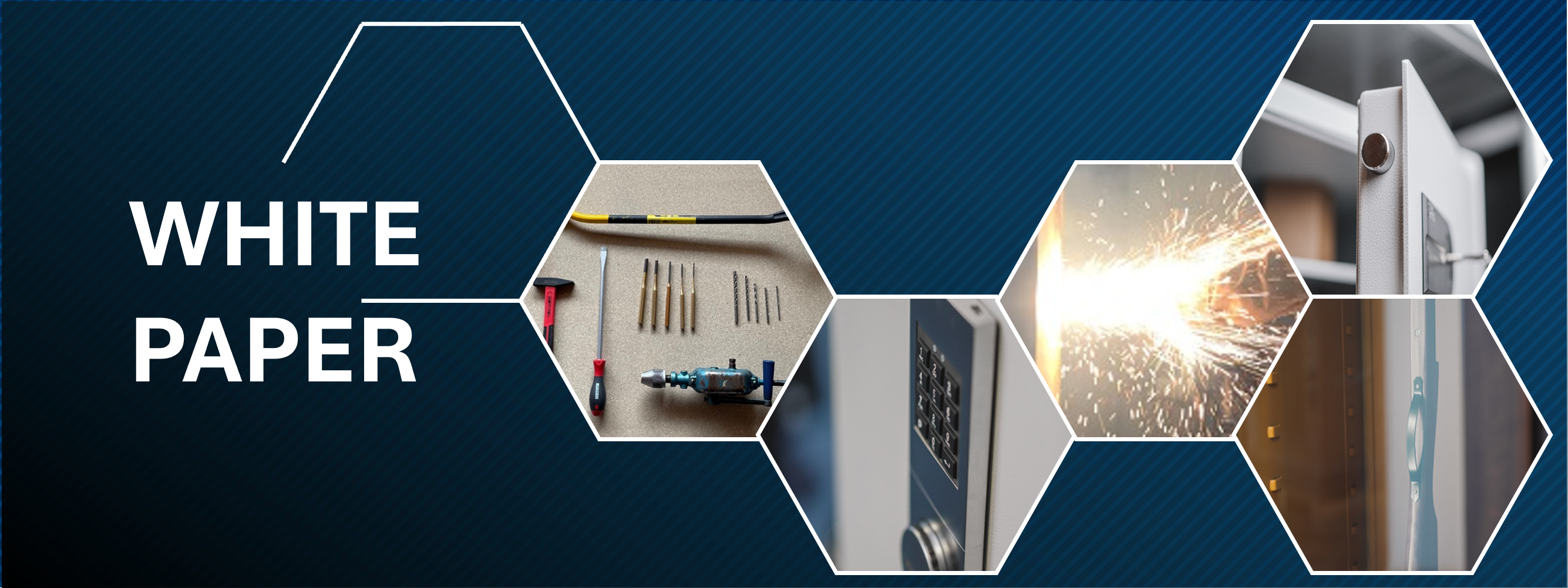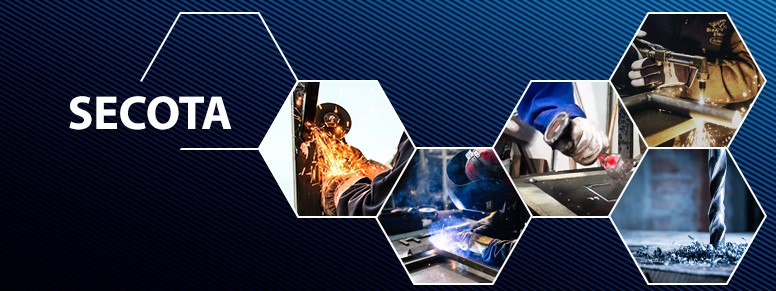
Photo:
Batteries are used in e-scooters, e-bikes, etc. The new VDMA 24994 standard specifies reliable fire-resistant storage and charging cabinets. Battery cabinets without this genuine certificate can become a highly explosive issue for commercial users.
Explosive topic: fire-resistant battery storage cabinets
• Products are only safe with genuine certification according to VDMA 24994.
• Manufacturers confuse with vague advertising messages
• European Certification Body is currently issuing their first genuine certificates
Frankfurt/M. – 8 April 2025. Batteries are used in industrial tools, in rental e-scooters, in bikes from bicycle dealers, delivery services, etc. Anyone who uses them needs a fire-resistant storage and charging cabinet – the new VDMA 24994 specifies reliable types. But be careful: misleading and vague designations such as ‘based on VDMA 24994’ or ‘tested according to VDMA 24994’ are in circulation. Neither of these guarantees that the cabinet is certified – sometimes it is only a manufacturer's test. The decisive factor is proof from a certification body such as European Certification Body GmbH. It is currently issuing the first certificates. Battery cabinets without a certificate can become a highly explosive issue for commercial users.
The aim of the standardised form: a uniform guideline
Storage cabinets with VDMA 24994 certification protect against battery fires and explosions within the cabinet. They also prevent the spread of fire from one battery to another. The risk of gas formation can be further reduced by connecting an extraction system. The VDMA 24994 standard was developed by industry representatives and safety experts with the aim of creating a uniform guideline. Independent inspectors check the manufacturers to ensure that all points of the test specification have been correctly checked, that the documents are correct and that the products are manufactured in accordance with the approval.
VDMA 24994 reliably covers the main risks
"This solution is very thought through – it covers the main risks. At the moment, however, we are observing a certain ‘wild west’ attitude surrounding it," warns Falko Adomat, managing director of the European Security Systems Association (ESSA). "Manufacturers are using the unified specification sheet for advertising promises that are sometimes false and sometimes misleading, even though their products are not certified. And they don't necessarily meet the high standards of the unified specification sheet either." Even the exclusive reference to the EN 14470-1 standard is deceptive – it is not comparable with VDMA 24994. EN 14470-1 is intended for the storage of liquids; it only tests for relatively slow fire propagation from the outside, and does not cover the risk of explosion inside the cabinet. EN 14470-1 is therefore not comparable with VDMA 24994, which is specifically tailored to the risks of battery storage.
Ensure that the maximum energy specification and issue date of the VDMA 24994 are indicated.
Falko Adomat also advises looking for a reference to the energy specification: "The specification of the maximum battery energy in the cabinet is mandatory for products certified according to VDMA 24994." The issue date of the VDMA 24994 is also relevant: the current version is VDMA 24994:2024-08; possible hazards are still missing from an older version from 2023. Even with cabinets that are advertised as being ‘based on’ VDMA 24994, the customer should check carefully which parts of the specification are not met.
Four different protection classes
Those who wish to be guided by the new certification have the choice between four protection classes: I, I/O30, I/O60 and I/O90. Most of them already cover a large proportion of the risks, while I/O30, I/O60 and I/O90 provide additional protection against a fire load outside the cabinet for 30, 60 or even 90 minutes.
Text 3.329 Z. characters incl. spaces
Download pictures:



